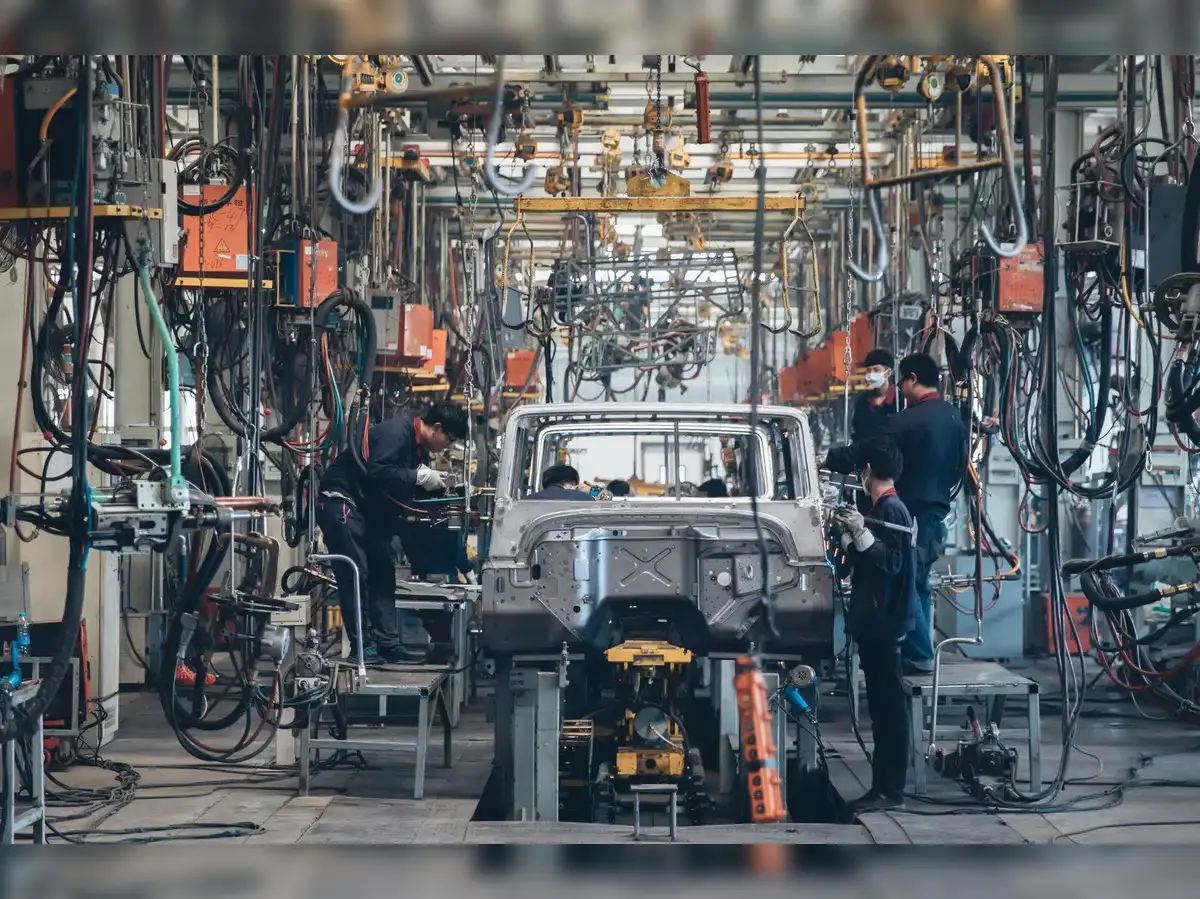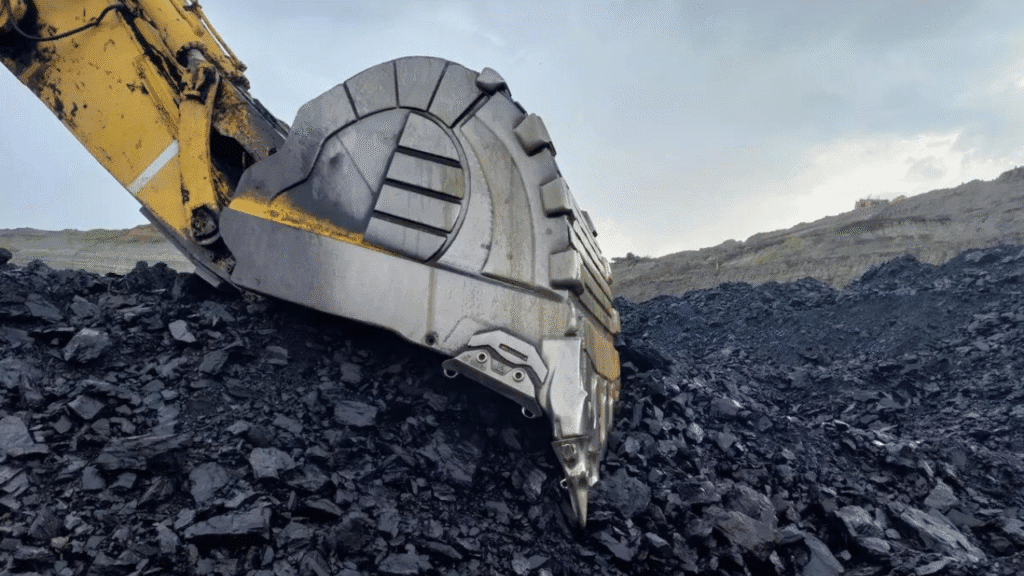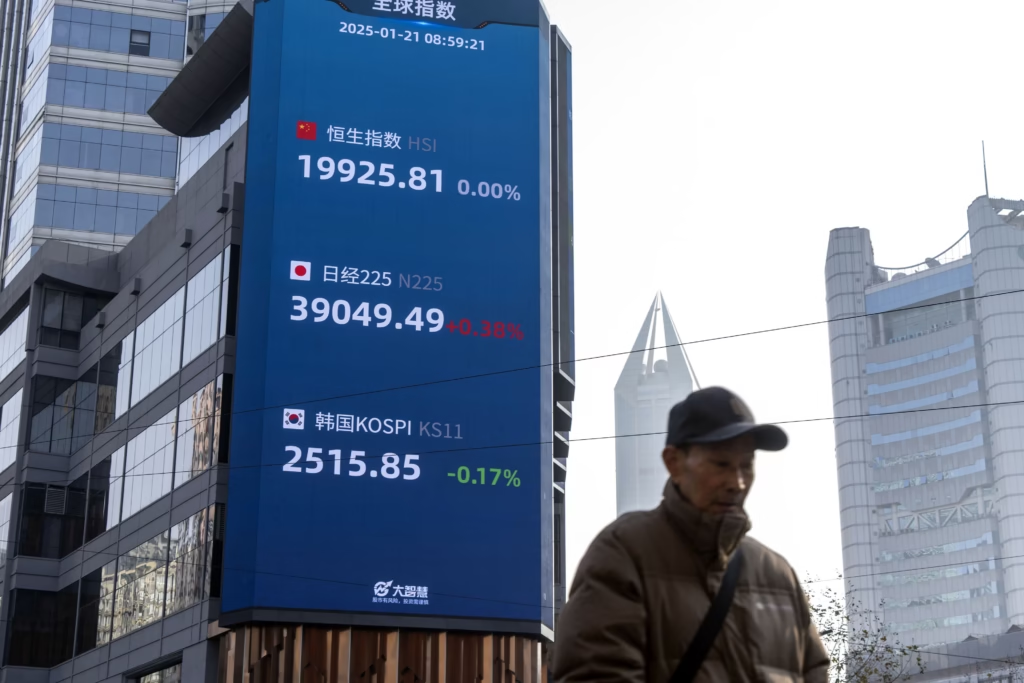Now Reading: India Plans Rare Earth Magnet Relief for Auto Sector Amid Chinese Supply Concerns
-
01
India Plans Rare Earth Magnet Relief for Auto Sector Amid Chinese Supply Concerns
India Plans Rare Earth Magnet Relief for Auto Sector Amid Chinese Supply Concerns

The Indian government is considering steps to ease the pressure on auto companies struggling with limited access to rare earth magnets, a critical component in electric vehicles and hybrid technology. With China controlling a large portion of the global supply, India’s move aims to support domestic manufacturing and reduce dependency. The plan is expected to offer relief to automakers already facing high input costs and global competition.
Why Rare Earth Magnets Matter
Rare earth magnets are essential for electric motors used in EVs, hybrid vehicles, and advanced automotive components. These magnets ensure better performance and efficiency, especially in battery-powered cars. However, over 90% of the global processing of rare earth materials is currently done in China, giving it immense control over supply and pricing.
Any restriction or export slowdown from China directly affects production timelines and costs for Indian manufacturers.
India’s Strategic Response
To counter this dependency, the Indian government is now exploring policy measures to facilitate easier access to these magnets. Options being considered include reducing import duties, creating long-term supply agreements with alternative countries, and encouraging domestic research into alternative technologies.
The goal is to safeguard the auto industry — especially EV makers — from future supply shocks while supporting the country’s larger ambition of becoming a global EV hub.
Impact on Indian Auto Companies
For Indian automakers in cities like Pune, Chennai, and Hosur — where EV production is picking up pace — the scarcity of rare earth magnets could slow down expansion plans. Companies have been raising concerns about cost escalations and difficulties in sourcing critical materials.
If implemented, the relief plan could help lower production costs, stabilize supplies, and boost local manufacturing of electric vehicles, which is crucial for Tier 2 cities seeing rising demand for eco-friendly transportation options.
Encouraging Alternatives and Local Innovation
The situation has also opened up opportunities for innovation. Several Indian startups and research bodies are working on alternatives to rare earth magnets or ways to recycle them from old electronics. With government backing, these efforts could help create a sustainable supply chain that benefits both industry and environment.
Encouraging local mining of rare earth materials is also on the agenda, though it poses environmental and regulatory challenges.
Conclusion
As India races towards its electric mobility goals, securing access to rare earth magnets is becoming a strategic priority. The government’s proposed relief measures could give the much-needed push to auto companies navigating global uncertainties. For Indian cities and consumers, this move not only strengthens the supply chain but also supports the country’s journey towards cleaner, self-reliant mobility.
























